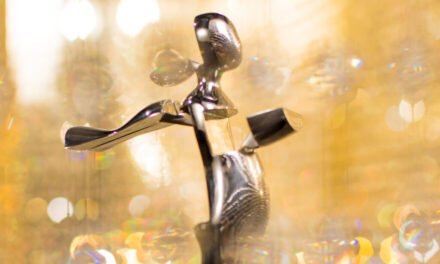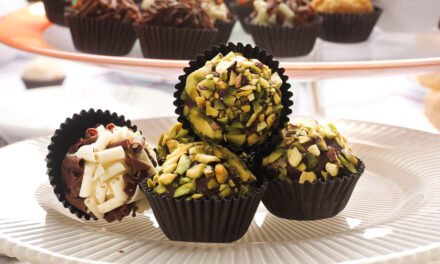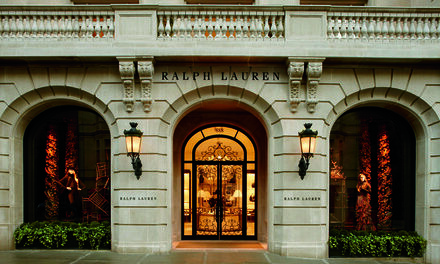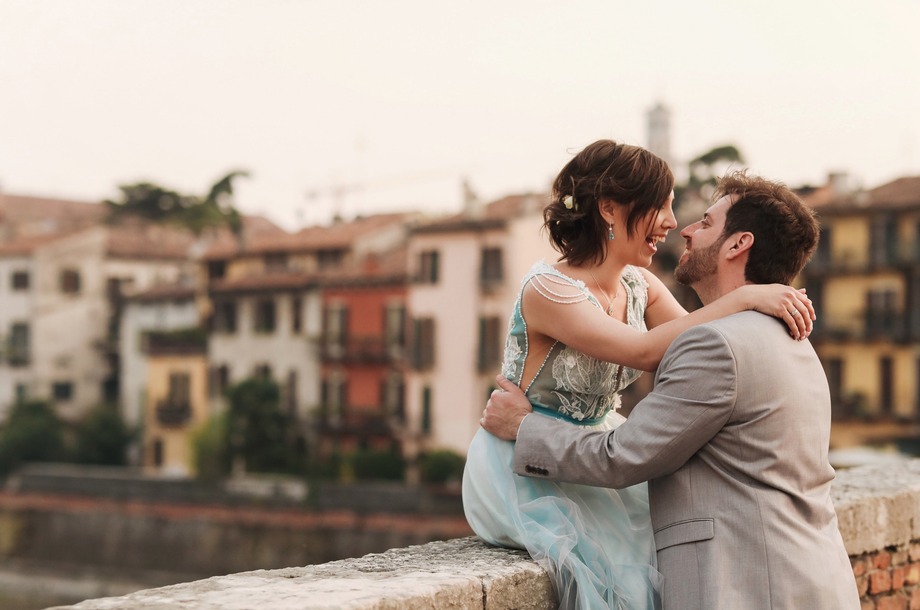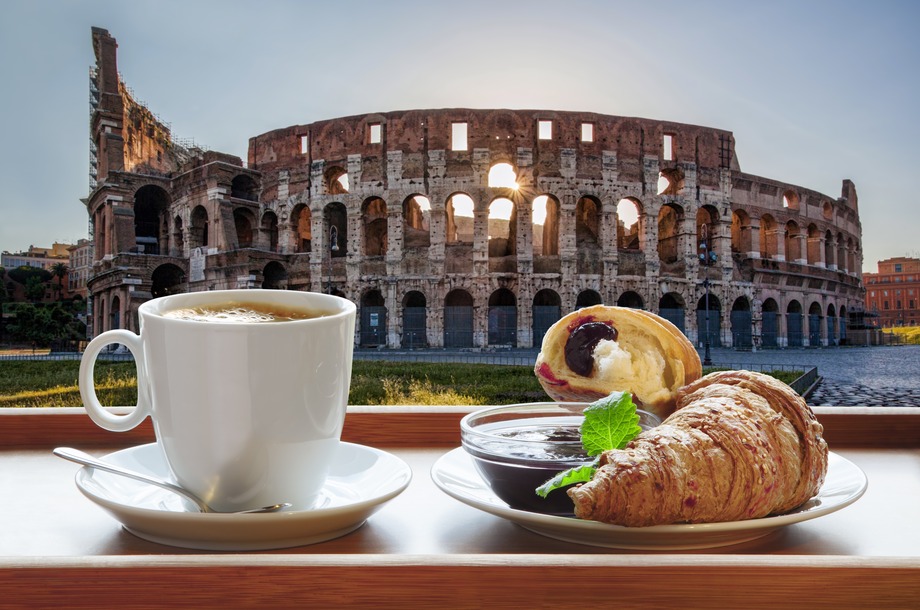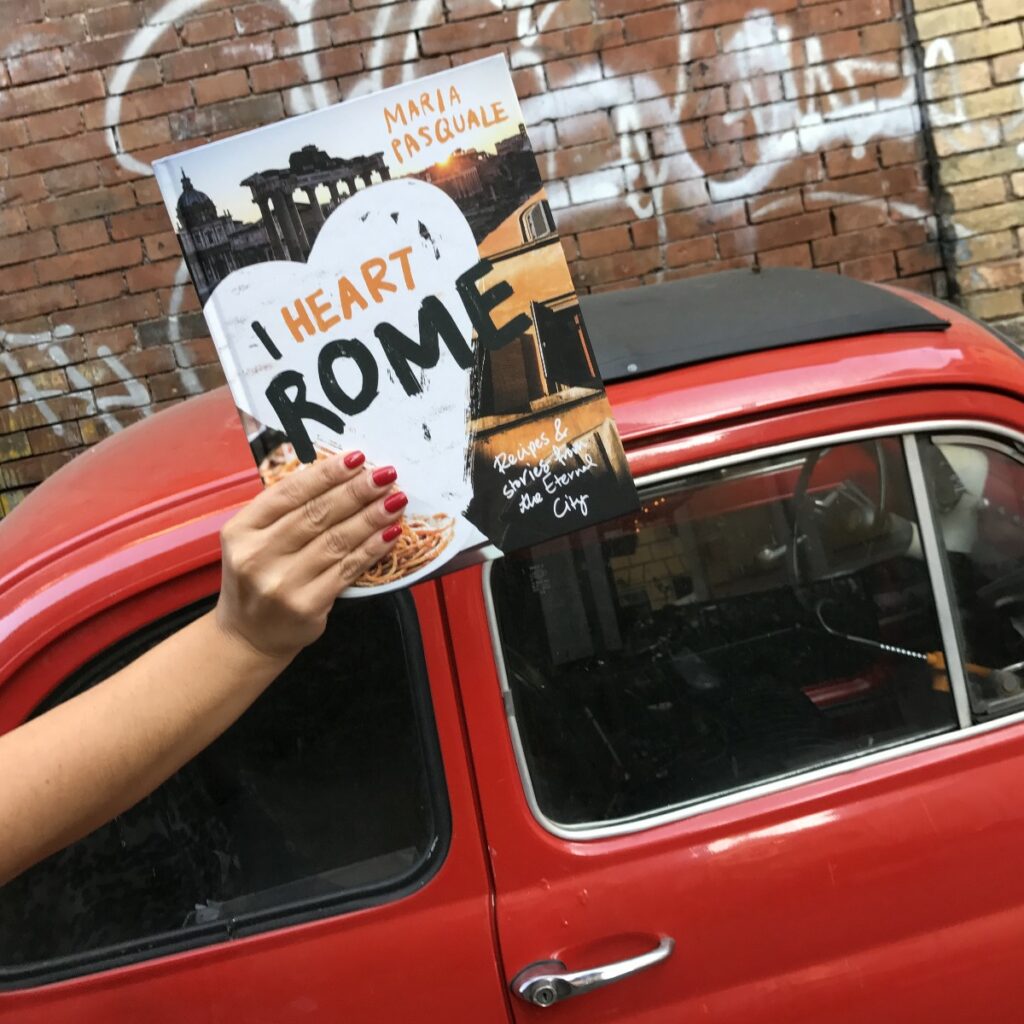“How to be Italian”
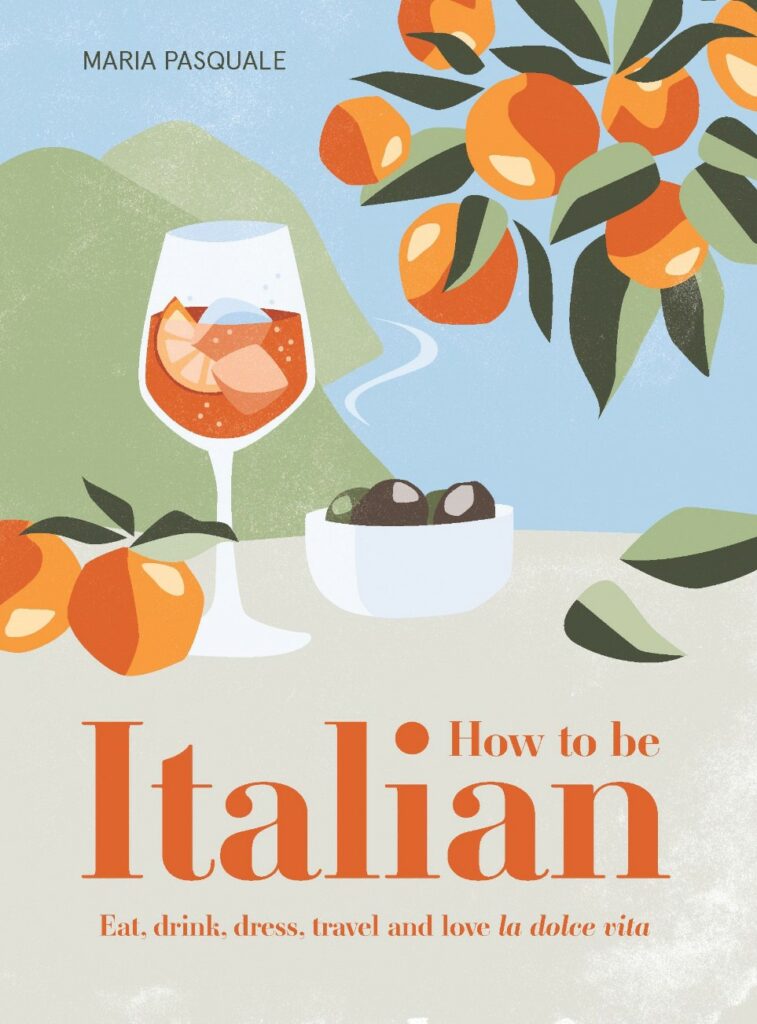
When considering traveling indulgently, Italy is near the top of any list––the ability to savor the moment as one cherishes food, culture and friends. Indeed, in Italy, one can learn the lesson of dolce far niente: the beauty of doing nothing.
Maria Pasquale’s book “How to be Italian” will teach you to do exactly that, or at least it provides an immersion in all things Italian. You may even fool your best Italian friends, at least a little, as you learn to eat, drink, dress, love and even think as only the Italians can.
The book takes a wide snapshot––covering superb Italian fashion and design, the Golden Age of Italian cinema, as well as cultural reverberations from the Roman Empire.
The well-organized tome is sliced into chapters that focus on specific aspects of Italian culture. They’re labeled, Live, Think, Eat, Drink, Dress, Travel, Love, Have Fun, and Speak. Pasquale includes recipes, language tips, and cultural anecdotes, keeping the copy engaging and lively.

Food is Everything
From the book, you’ll learn that “food is everything.” At least to Italians. Or maybe you already knew that.
“Alongside politics, religion and soccer,” Pasquale writes, “food is arguably one of Italy’s most debated topics. But it unites Italians, as well, in their quest for quality, authentic dishes that speak to local traditions and memories of childhood.”
The ever-important “Eat” chapter includes a very brief history of Italian food, modern cuisine iterations, and how Italians shop for food, among other topics.
Pasquale’s “Love” chapter simply begins: “Italians love love.” She covers the unparalled backdrop the country presents for romance. “After all,” she writes, “it was the old stomping ground of Casanova, and it gave birth to romantic icons like screen siren Sophia Loren and the debonair Marcello Mastroianni. She also covers wedding traditions––along with, alas, the country’s dismal infidelity rate.
La Bella Figura
In Italy, everything needs to look good, Pasquale notes. La bella figura means “the beautiful figure,” but in real life, “it’s essentially about making a good impression and placing importance on beauty and aesthetics,” Pasquale writes. The attitude is also about etiquette and behavior––doing the right thing.
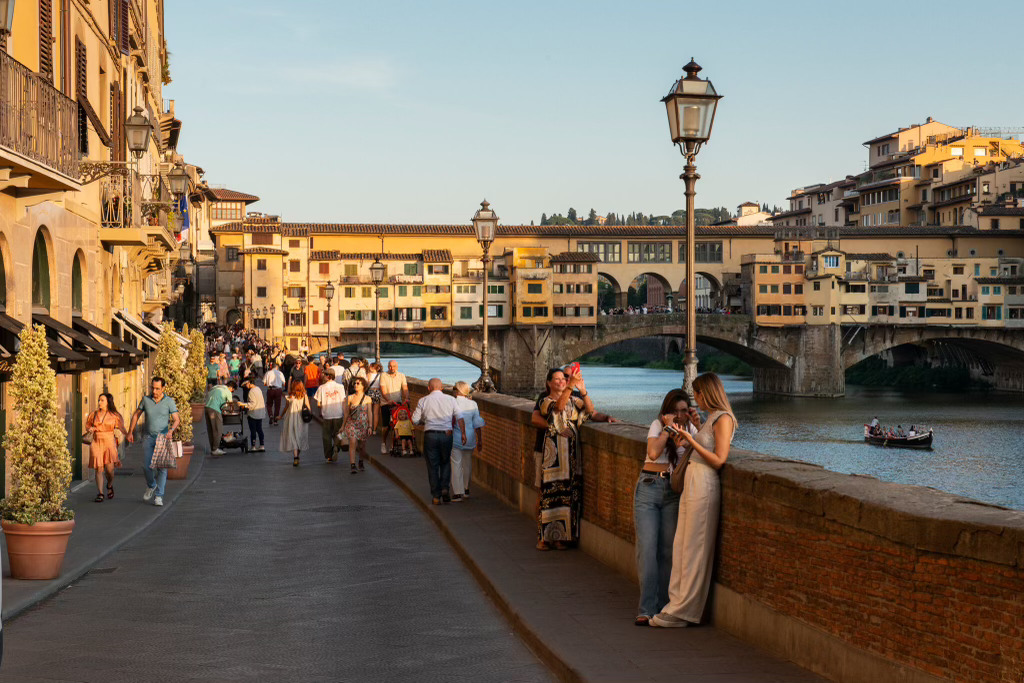
A Humorous Approach Balanced with Depth
One of the book’s strengths is its ability to balance informative content with a sense of humor. Pasquale infuses the narrative with wit and charm, making the exploration of Italian customs a delightful experience. Whether it’s discussing the art of espresso sipping or unraveling the intricacies of the Italian language, the author’s comic approach adds a layer of accessibility.
“How to be Italian” goes beyond surface-level observations, providing readers with a deeper understanding of the cultural nuances that define Italy. Pasquale explores the significance of family, the importance of celebration, and the art of enjoying life’s simple pleasures. Through her lens, Italy becomes more than just a travel destination; it becomes a way of approaching life with passion and appreciation.
The book is indeed a celebration of Italian culture, but it doesn’t shy away from addressing challenges and complexities inherent in the Italian way of life. Pasquale navigates such topics as bureaucracy, regional rivalries, and societal expectations with a candid and honest perspective. The approach adds a crucial layer of depth to the narrative, preventing it from becoming overly romanticized.
About the Author
Maria Pasquale was born to Italian parents, although she was raised in Melbourne, Australia. Her formal background is in political science and history. Now, Pasquale is an award-winning food and travel writer and journalist. She contributes regularly to USA Today, Condé Nast, Fodor’s and CNN. She’s also the author of “I Heart Rome: Recipes & Stories from the Eternal City.”

